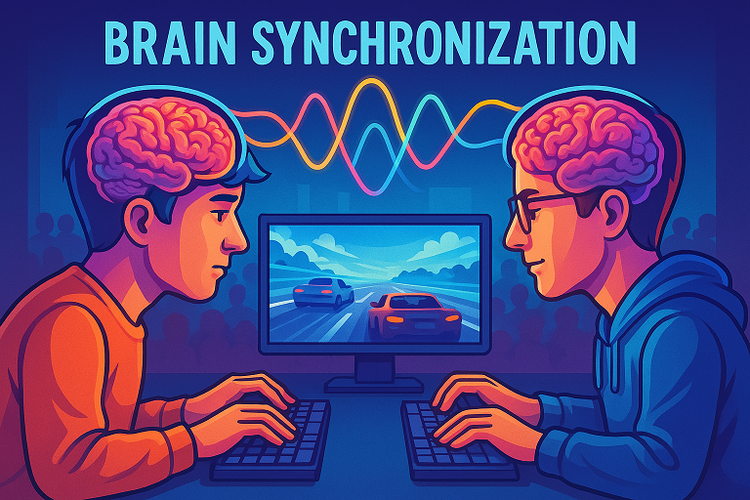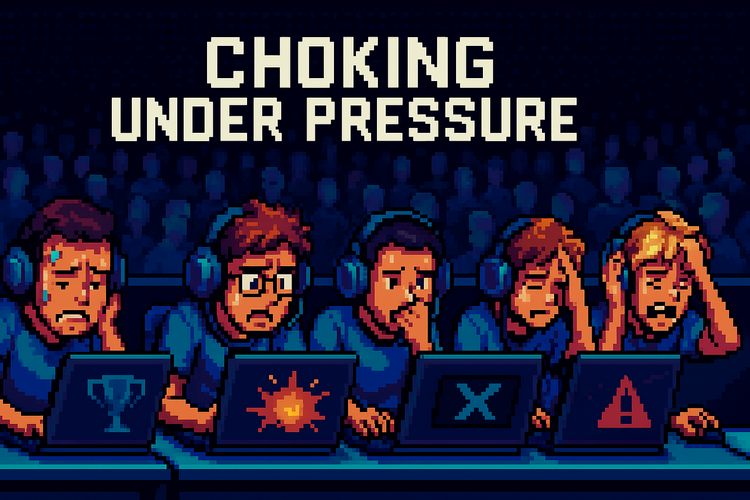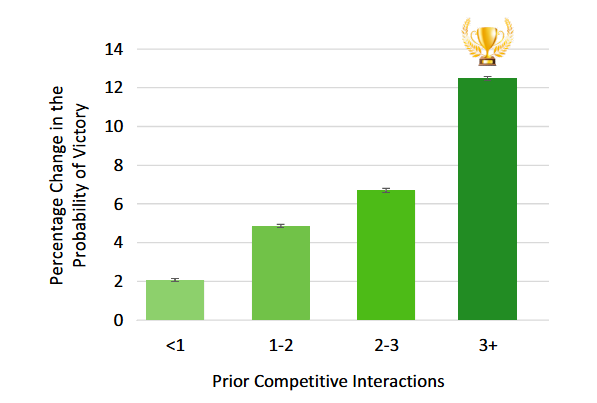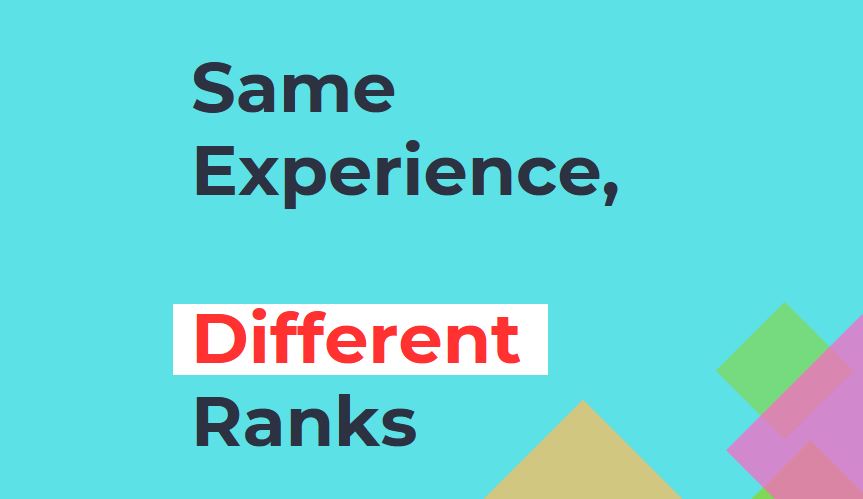What Makes You Click? The Push and Pull Factors of Esports Streaming

Hey there 🙃
Christian here with Gaming Science episode #74. In this episode, we'll be talking about the factors that make us watch esports streams and interact with related content. I'll also provide examples from the industry.
• "... this study aimed to explore and measure the related factors in e-sports livestreaming [1]."
• Push (our motivations) and pull (external motivations) factors make us watch streams and engage with streaming content.
• Push and pull factors interact with our commitment to a video game.
• These factors determine how we interact with content, e.g., play the game, watch streams, or tell others about it.
• Game publishers and tournament providers use these factors to make money.
❗ What We DON'T Know...
Today, the majority of gaming and esports content is watched on online streaming platforms. As a result, it has become more and more important for content creators to understand the unique ways by which people watch and interact with esports media products and services. Why do you watch streams, troll in chat, and chase streams to get rewards for games you don't even play?
However, researchers still lack evidence that would explain how esports gathers its large audience and which features contribute to its growth. Also, what are the psychological, social, and cultural factors in livestreaming that make us (the viewers) consume the products and services advertised?
"[Therefore] this study aimed to explore and measure the related factors in e-sports livestreaming [1]."
🪢 Push & Pull
When we watch esports streams, we have our own motives for doing so. This may be us wanting to socialize (troll with others in chat), learn (copy what the pro gamer is doing and miserably fail at it while being flamed by teammates), or just enjoy being entertained and backseat gaming (giving others unsolicited advice they haven’t asked for). These are called push factors; they "push" you to do things.
Pull factors, on the other hand, are your demands or expectations when watching. For instance, if you tune into LoL Worlds, you expect high stream quality, a chat room full of other silver players, the same casters you see at every major event, or some virtual rewards for watching. They "pull" you in and make it easier to click on the stream.
🕹️ Why We Play and Watch...
"Notably, the results suggest that pull factors have a greater impact on commitment than push factors do... [1]"
This is especially interesting for those creating the content because things such as stream quality, hiring good casters, and providing in-game skins as rewards for watching are much more manageable and easier to control than your personal motives (push factors). But how exactly do push and pull factors influence us?
According to the study results, push factors made people watch (who would have thought?) and tell others about it. Interestingly, it didn’t make people play the game. However, this was different when they were already committed to the game. For example, if Farming Simulator is your favorite game, you are more likely to play after watching a high-quality Farming Simulator esports tournament (yes, those exist!). This makes sense, as no alpha-Candy Crush player will touch a game that gets their virtual hands dirty.
The same was found to be the case for pull factors with one exception: the best casters or great stream quality didn’t make people want to watch unless they were already interested in the game itself (committed to it).
🤔 What can We Learn from It?
These results give us a glimpse into the strategy of game publishers and streaming platforms. You’ve probably noticed that platforms have implemented various ways for players to interact while watching (e.g., betting or voting on Twitch). The sole purpose is to get you to actively participate (be active instead of just watching passively), which will more likely keep you watching.
Another aspect, as FunKa pointed out in his guest episode, is that high-profile influencers have become a central aspect of many events. This strengthens the brand and enables access to a new audience.
Lastly, companies like Riot Games practice something called "Loss Management." They accept losses in one part of their business to draw attention to what makes them money. In their case, LoL esports is in no way profitable. However, by getting people to watch the streams, they are much more likely to log in, play, and spend money on fancy-looking skins.
Read you all next week. Best,
Christian 🙂
Join over 300+ (😍) Gaming Science subscribers and become smarter every week.
"I love this type of content, thank you Chris."






